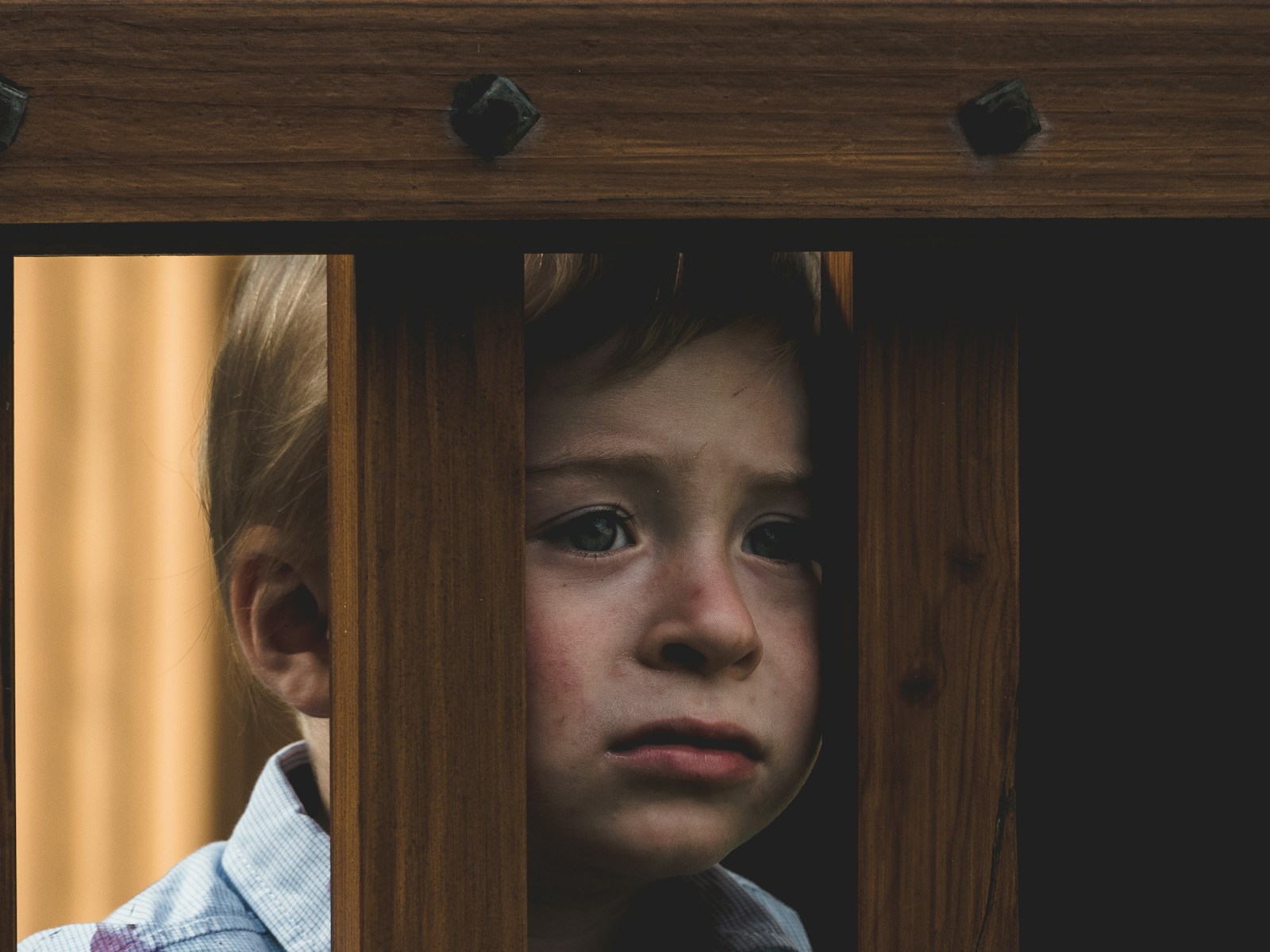Behavior Intervention Plans (BIPs) are essential tools in addressing challenging behaviors in children with emotional disturbances (ED). These plans provide a structured approach to managing behaviors that interfere with learning, social interactions, or day-to-day activities. Emotional disturbances, including conditions like anxiety, depression, and oppositional defiant disorder, often lead to behaviors that require targeted intervention. This article explores how to design an effective BIP that meets the unique needs of these children, promoting positive behaviors and helping them succeed in various environments.
1. Understanding Emotional Disturbances and Behavior
What Are Emotional Disturbances?
Emotional disturbances encompass a range of mental health conditions that can significantly impact a child’s emotional regulation, behavior, and ability to function in educational settings. The term includes but is not limited to:
- Anxiety Disorders: Excessive worry or fear that interferes with daily activities.
- Depression: Persistent sadness, low motivation, and disinterest in activities.
- Oppositional Defiant Disorder (ODD): Frequent defiance, anger, and irritability toward authority figures.
- Conduct Disorder: Aggressive behavior, property destruction, or violation of rules.
- Bipolar Disorder: Alternating periods of extreme mood swings, from mania to depression.
Children with these conditions may exhibit a range of challenging behaviors, such as aggression, withdrawal, refusal to comply, or emotional outbursts. Without a structured plan, these behaviors can escalate and create barriers to academic and social success.
The Role of Behavior Intervention Plans (BIPs)
A Behavior Intervention Plan (BIP) is a formal plan designed to reduce challenging behaviors by teaching new, positive behaviors. It is typically developed by a team of educators, counselors, and specialists who work closely with the child and their family. BIPs use data-driven methods to understand the underlying causes of behavior and create strategies for improvement. Effective BIPs are proactive, individualized, and goal-oriented, focusing on the child’s strengths and needs.
2. Steps in Designing an Effective Behavior Intervention Plan
Step 1: Conduct a Functional Behavior Assessment (FBA)
A Functional Behavior Assessment (FBA) is the cornerstone of any effective BIP. The FBA identifies the reasons behind a child’s challenging behavior—often referred to as the “function” of the behavior. Understanding what triggers and reinforces the behavior helps create targeted interventions.
- Data Collection: Teachers and staff collect detailed observations about the child’s behavior, including when and where it occurs, what happens before and after the behavior, and the child’s reactions. Tools like behavior charts or observation logs are helpful.
- Identifying Triggers and Patterns: The FBA will uncover patterns related to environmental, social, or emotional triggers. For example, does the child act out during transitions? Is the behavior more frequent in certain settings or with particular individuals?
- Determining the Function of the Behavior: Behaviors often serve a purpose for the child, whether it’s gaining attention, avoiding a task, or expressing frustration. The FBA helps clarify this purpose, which informs the intervention plan.
Step 2: Define Target Behaviors
Once the FBA is complete, the next step is to define specific target behaviors that the BIP will address. These behaviors should be:
- Observable: Clearly defined so anyone monitoring the child can recognize them (e.g., hitting, yelling, refusing to complete tasks).
- Measurable: Behavior should be quantifiable to track progress (e.g., frequency of tantrums, duration of non-compliance).
It’s essential to focus not just on reducing negative behaviors but also on promoting positive behaviors that can replace the problematic ones. For example, instead of simply aiming to reduce outbursts, the BIP may focus on teaching the child to use coping skills when frustrated.
Step 3: Set Clear Goals
Effective BIPs include short-term and long-term goals for behavior improvement. These goals should be:
- Specific: Clearly state the desired behavior (e.g., “The student will ask for help instead of leaving the classroom during difficult assignments”).
- Achievable: Goals should be realistic based on the child’s current capabilities.
- Time-Bound: Include a timeline for when progress will be evaluated (e.g., “Within three months, the child will reduce aggressive outbursts by 50%”).
Goals may also align with academic, social, or emotional development, depending on the individual needs of the child.
Step 4: Choose Appropriate Interventions and Supports
The next step is to choose interventions and supports that address the identified function of the child’s behavior. These interventions can include:
- Positive Reinforcement: Rewarding the child for engaging in desired behaviors. Reinforcements can include verbal praise, tangible rewards (stickers, tokens), or privileges (extra recess time).
- Replacement Behaviors: Teaching the child an alternative behavior that serves the same function as the problematic one. For instance, a child who acts out to avoid difficult tasks may be taught to request a break or ask for assistance.
- Environmental Modifications: Adjusting the environment to minimize triggers. This might involve seating changes, providing noise-cancelling headphones, or altering the structure of assignments.
- Emotional Regulation Strategies: Many children with emotional disturbances struggle to manage strong emotions. Teaching coping strategies, such as deep breathing, mindfulness exercises, or using a stress ball, can help the child self-regulate before behaviors escalate.
- Social Skills Training: Children with emotional disturbances may need help navigating social interactions. Social skills training can focus on areas like communicating feelings, resolving conflicts, and interpreting social cues.
Step 5: Develop a Consistent Response Plan
A critical aspect of any BIP is ensuring that staff and caregivers respond consistently to both the positive and negative behaviors. This response plan should outline:
- Reinforcement Strategies: How and when positive reinforcement will be delivered when the child exhibits the target behavior.
- Consequences for Challenging Behaviors: The BIP should specify consequences for when problematic behaviors occur, ensuring they are non-punitive but effective. For example, if the child engages in disruptive behavior to escape a task, the consequence might involve gently guiding them back to the task with support.
- Crisis Intervention Plans: For children prone to extreme emotional outbursts, a crisis intervention plan may be necessary. This includes strategies for de-escalating the situation, providing a safe space for the child to calm down, and ensuring the safety of all involved.
Step 6: Involve the Child and Family
For a BIP to be successful, it’s important to involve the child and their family in the development process. The child should understand the goals and interventions in the plan, and parents should be informed and engaged in reinforcing these strategies at home.
- Parental Involvement: Parents can provide valuable insight into the child’s behavior and help reinforce strategies outside of the school environment. Regular communication between the school and home is essential to monitor progress and make adjustments to the plan as needed.
- Child’s Input: Depending on the child’s age and ability, involving them in setting goals or selecting rewards can increase their motivation to engage in the plan. Understanding their perspective on what triggers their behavior can also inform more effective interventions.
Step 7: Monitor Progress and Adjust the Plan
Ongoing monitoring and data collection are crucial for assessing the effectiveness of a BIP. Teachers, therapists, and caregivers should regularly review behavior logs, progress reports, and observational data to determine if the interventions are working.
- Data-Driven Adjustments: If the child is not making progress, the team may need to revisit the FBA to determine if the behavior’s function was accurately identified or if the interventions are appropriate. Adjustments should be made as needed to better meet the child’s evolving needs.
- Celebrate Successes: As the child begins to exhibit more positive behaviors, it’s important to celebrate their successes and gradually increase expectations. This helps maintain momentum and encourages long-term behavior change.
3. Best Practices for Effective BIPs
Consistency is Key
For a BIP to be effective, all caregivers, educators, and staff members must implement it consistently. Consistent application of interventions and responses ensures that the child learns to associate certain behaviors with predictable outcomes.
Individualization
Every child with emotional disturbances has unique challenges and strengths. BIPs should be highly individualized, with interventions tailored to the specific behavior patterns, triggers, and coping mechanisms of each child.
Positive Behavior Supports (PBS)
Focusing on proactive, positive supports rather than punitive measures is essential. Punishments often exacerbate emotional disturbances and can lead to increased defiance or withdrawal. Positive Behavior Support (PBS) emphasizes teaching and reinforcing desirable behaviors rather than simply punishing undesirable ones.
Collaboration
Collaboration among all stakeholders—teachers, parents, therapists, and the child—ensures that everyone is working toward the same goals. Regular team meetings and open lines of communication are critical to the success of a BIP.
Conclusion
Designing an effective Behavior Intervention Plan (BIP) for children with emotional disturbances involves careful assessment, individualized strategies, and consistent monitoring. By using data from a Functional Behavior Assessment (FBA), setting clear goals, implementing appropriate interventions, and maintaining open collaboration with the child and family, caregivers and educators can significantly reduce problematic behaviors and promote positive development. The ultimate goal is to help children manage their emotions and behaviors in ways that foster their social, academic, and emotional success.




